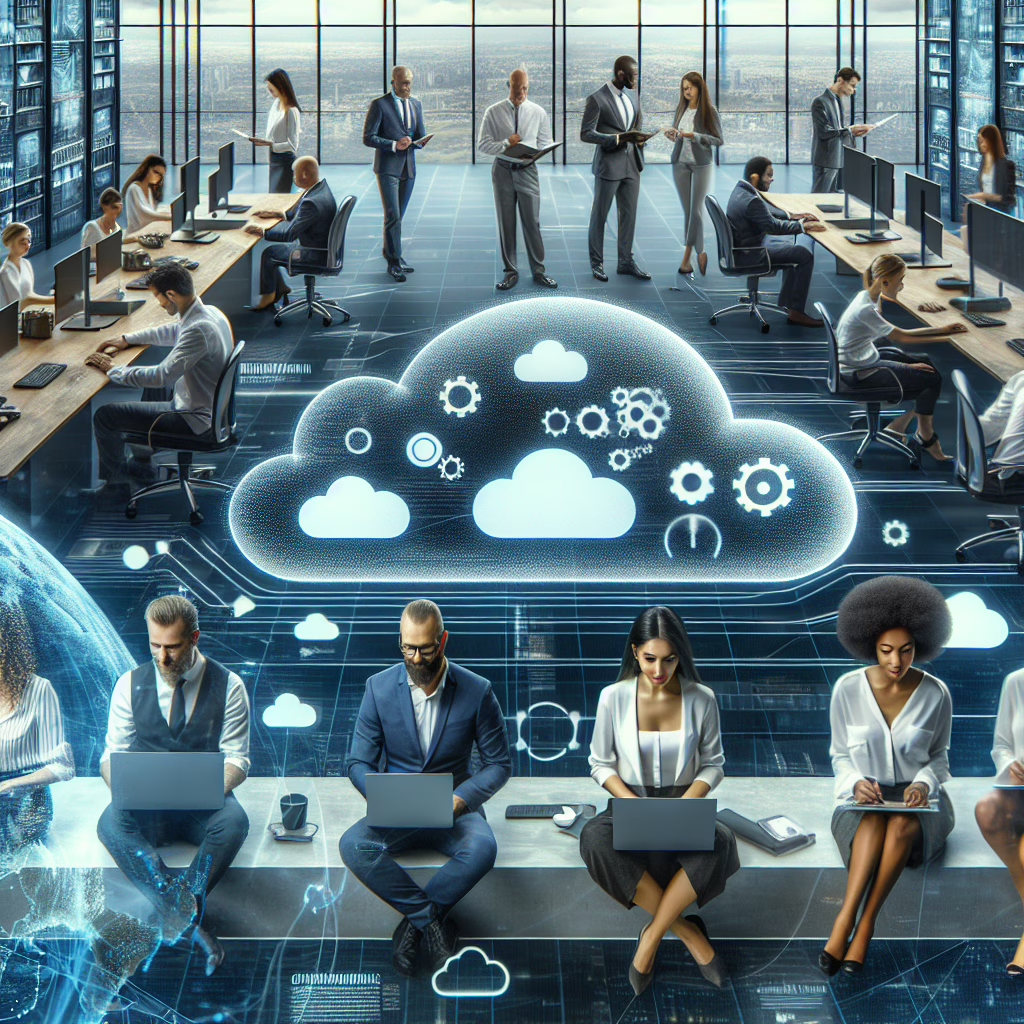OpenAI is on a mission, and it’s not just to make your chatbot dreams come true. As of 2025, OpenAI is set to supercharge its computing power by teaming up with none other than Google Cloud Services. Yes, you heard that right! This partnership aims to meet the skyrocketing demands of artificial intelligence in a world that seems to crave more and more computational horsepower.
The Need for Speed: Why Cloud Services Matter
Imagine this: It’s 2025, and AI applications are as ubiquitous as cat videos on the internet. From language models to image generators, the growing demand for advanced computing capabilities is intense—faster than you can say “neural network.” OpenAI has been at the forefront of this revolution, recognizing that their current infrastructure needs a serious boost.
By integrating with Google Cloud Services, OpenAI can tap into a vast reservoir of computing resources. This isn’t just about having enough servers; it’s about having the *right* servers—those that can handle complex computations without breaking a sweat. Who wouldn’t want their AI to run smoother than a well-oiled machine?
Scaling Up: What This Means for Developers
For developers, this partnership feels like finding a golden ticket in a chocolate bar. With enhanced computing capabilities, they will be able to create more sophisticated applications that push the boundaries of what AI can do. Imagine no longer waiting hours for models to train! Instead, developers can focus on innovation while their computations are handled at lightning speed.
Moreover, OpenAI’s integration with Google Cloud Services means that developers will have access to cutting-edge tools and technologies. Whether it’s powerful GPUs or advanced machine learning frameworks, everything will be at their fingertips. It’s like having a personal assistant who does all the heavy lifting while you sit back and sip your coffee!
The Bigger Picture: AI’s Role in Society
As we embrace this new era of collaboration between OpenAI and Google Cloud Services, it’s essential to consider the broader implications of enhanced AI capabilities. By 2025, we could see an explosion of applications in sectors like healthcare, education, and entertainment. AI could help doctors diagnose illnesses more accurately or enable personalized learning experiences for students.
However, with great power comes great responsibility. It’s crucial for organizations like OpenAI to ensure that these advanced technologies are used ethically and responsibly. The last thing we need is an army of rogue AIs taking over our smart fridges!
What’s Next? Predictions for AI Development
Looking ahead, we can expect some exciting developments as OpenAI utilizes Google Cloud Services. Imagine real-time translations that actually make sense or virtual assistants that understand context better than your most attentive friend. The possibilities are endless!
As more companies recognize the benefits of cloud-based AI solutions, we might witness an influx of startups leveraging these capabilities. OpenAI and Google could very well lead this charge into an innovative future where technology continues to enhance our daily lives.
Conclusion: A Partnership for Progress
In conclusion, OpenAI’s decision to partner with Google Cloud Services is a strategic move that promises to enhance its computational abilities and open up a world of possibilities for developers and end-users alike. With this alliance, we’re looking at a future where AI becomes even more integrated into our lives—and maybe even helps us remember where we left our keys!
So what do you think about this exciting collaboration? Are you ready for an AI-powered future? Share your thoughts below!

